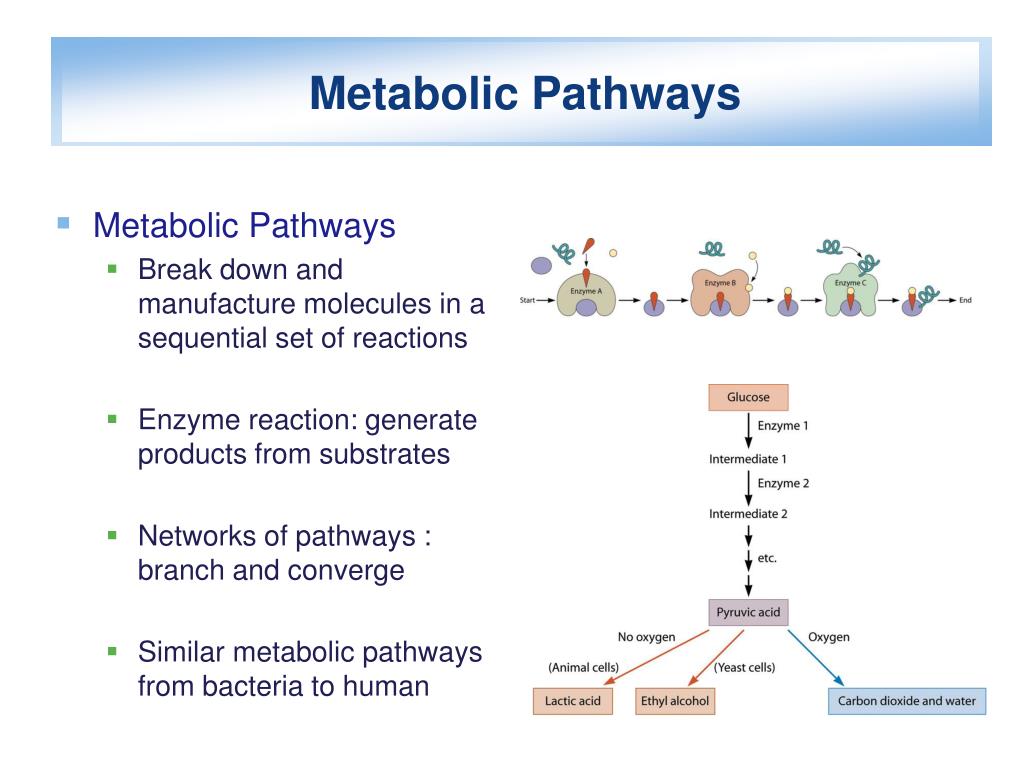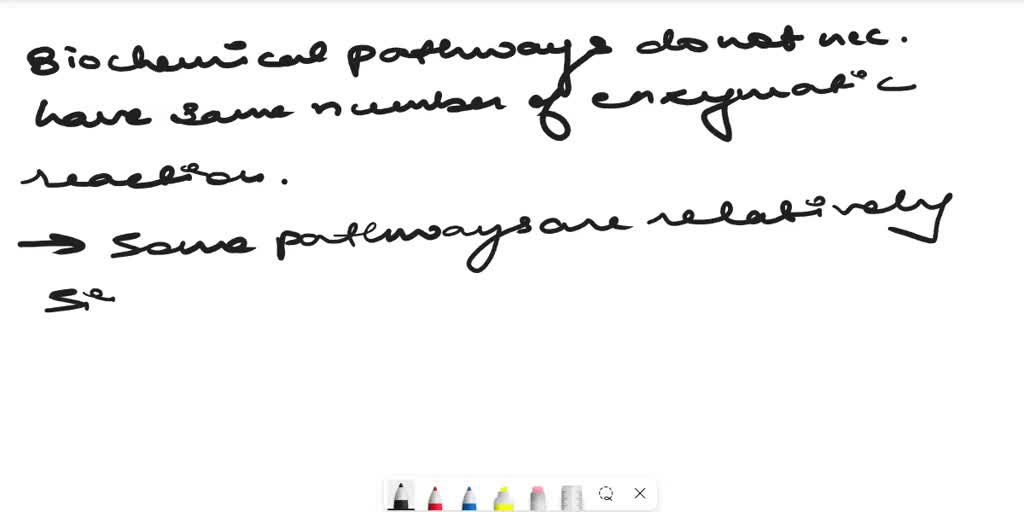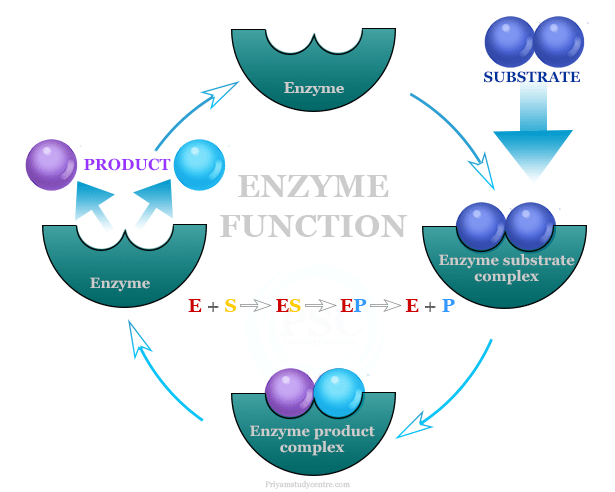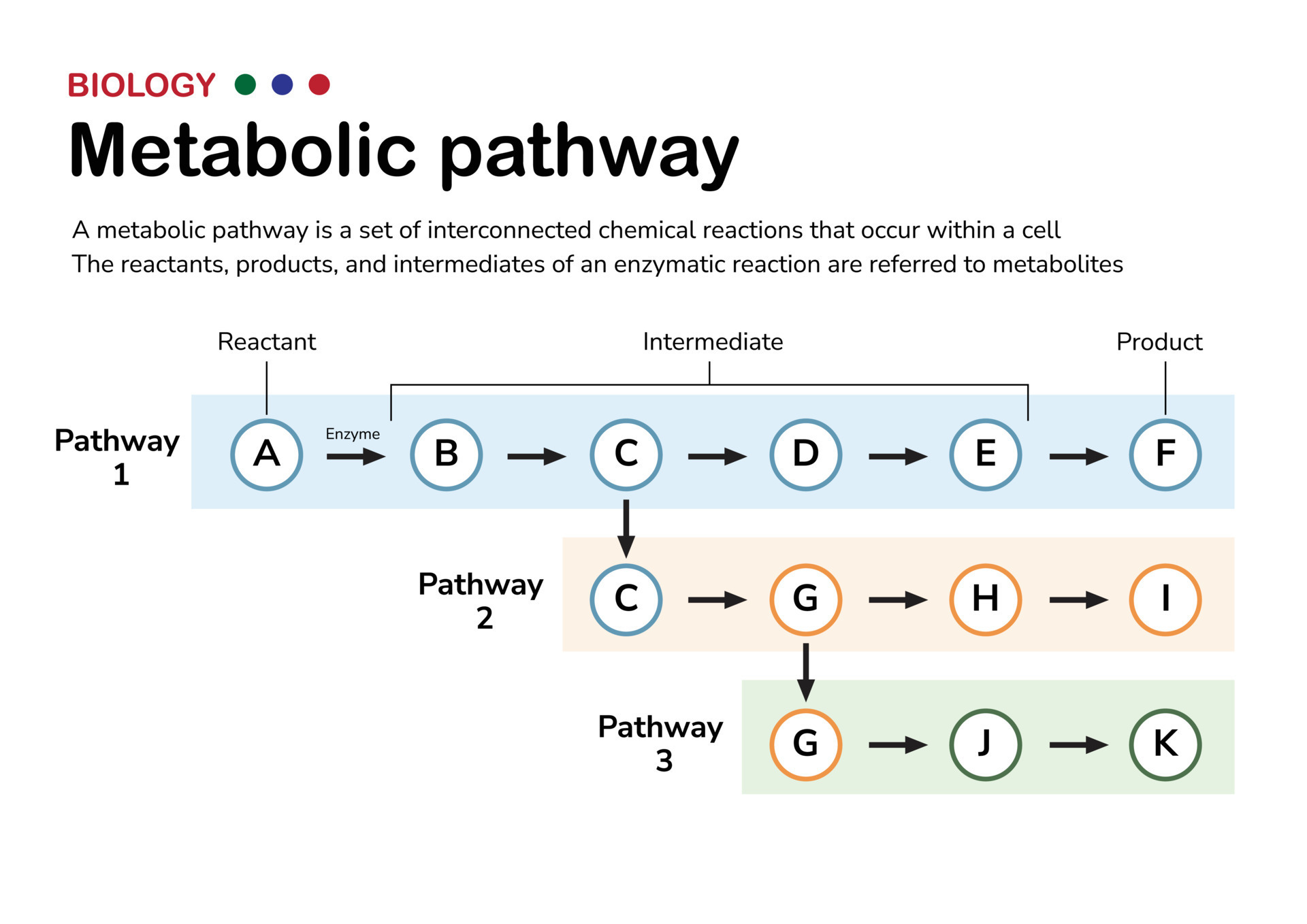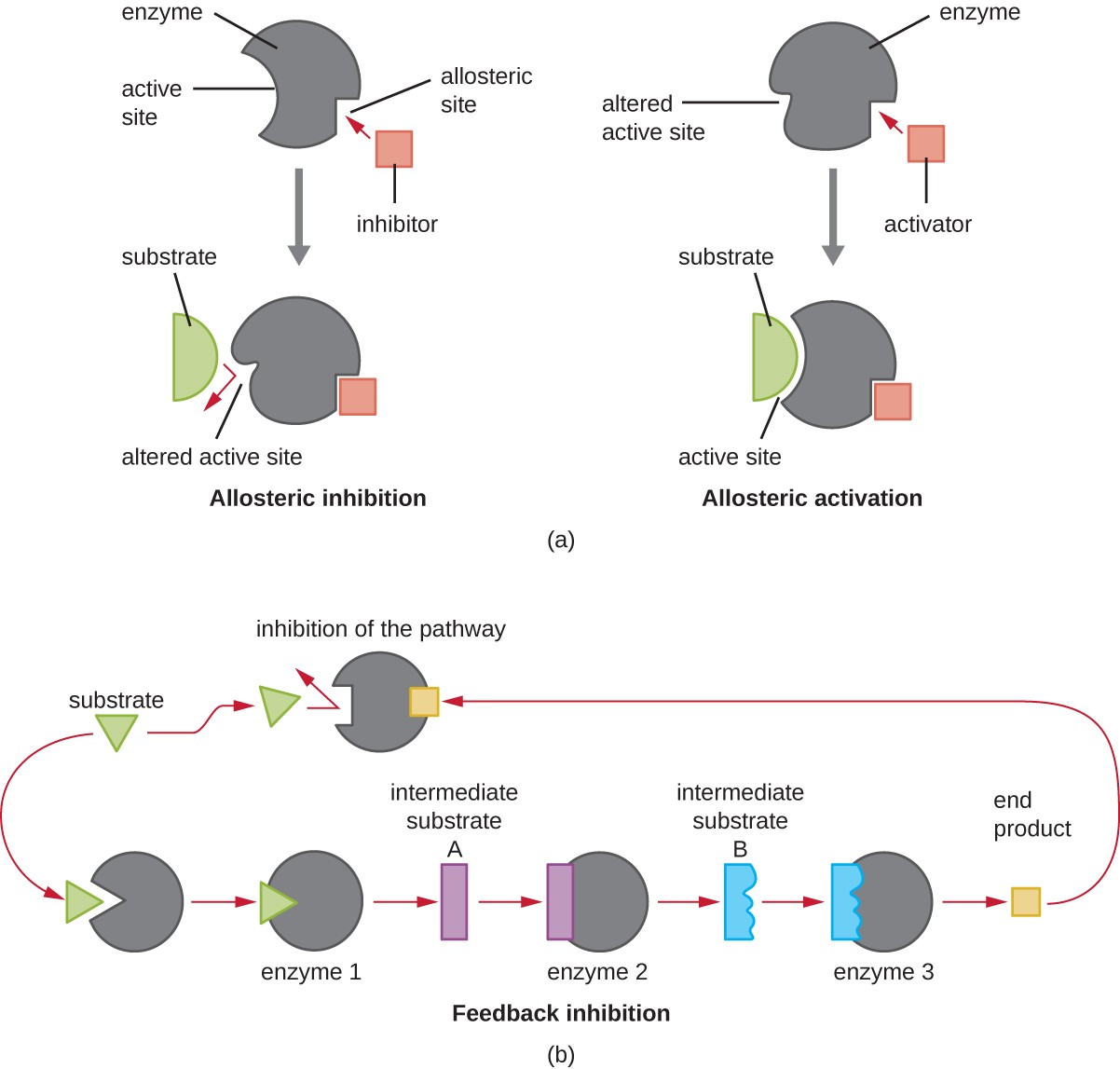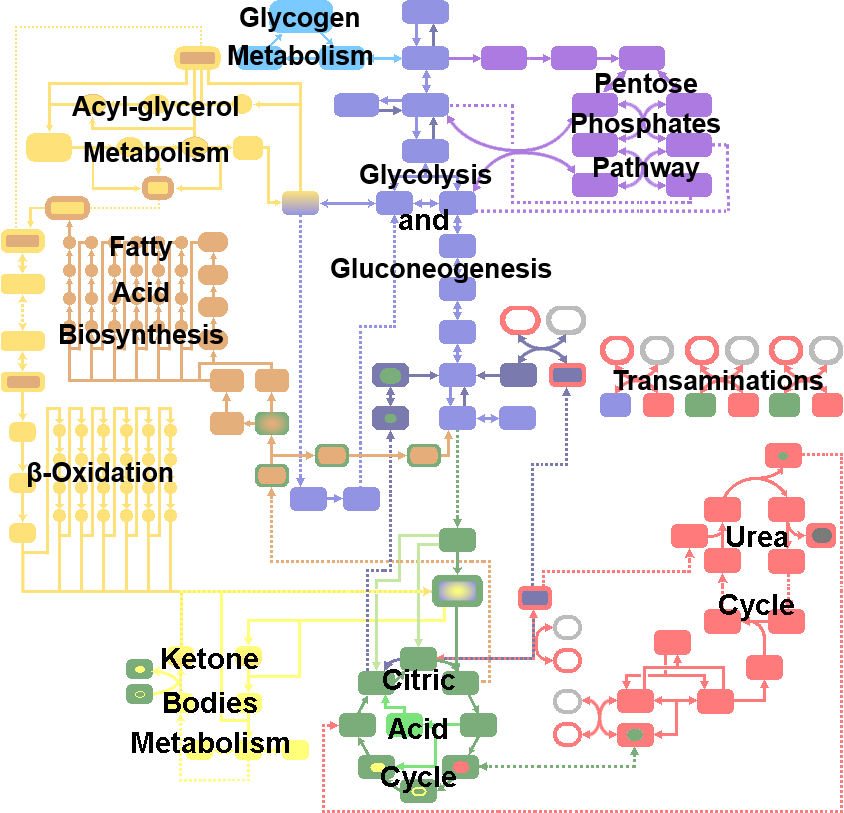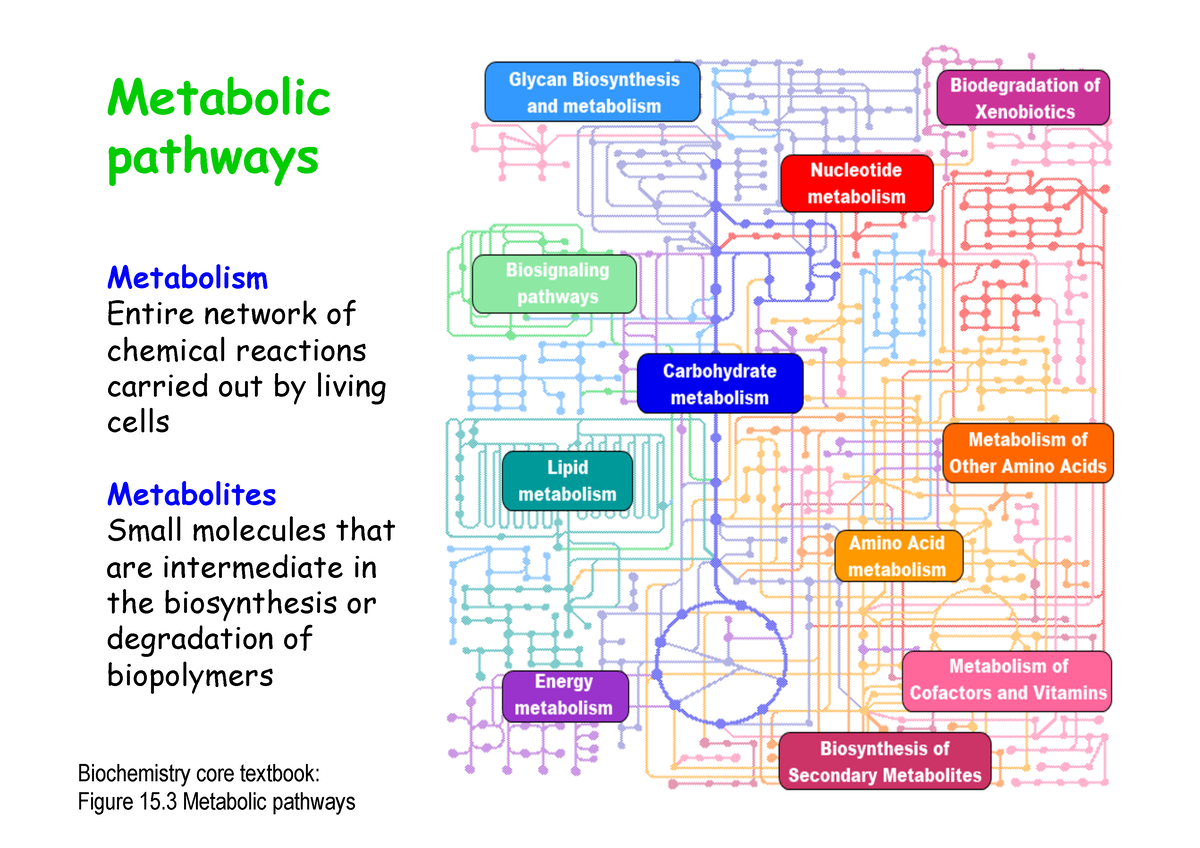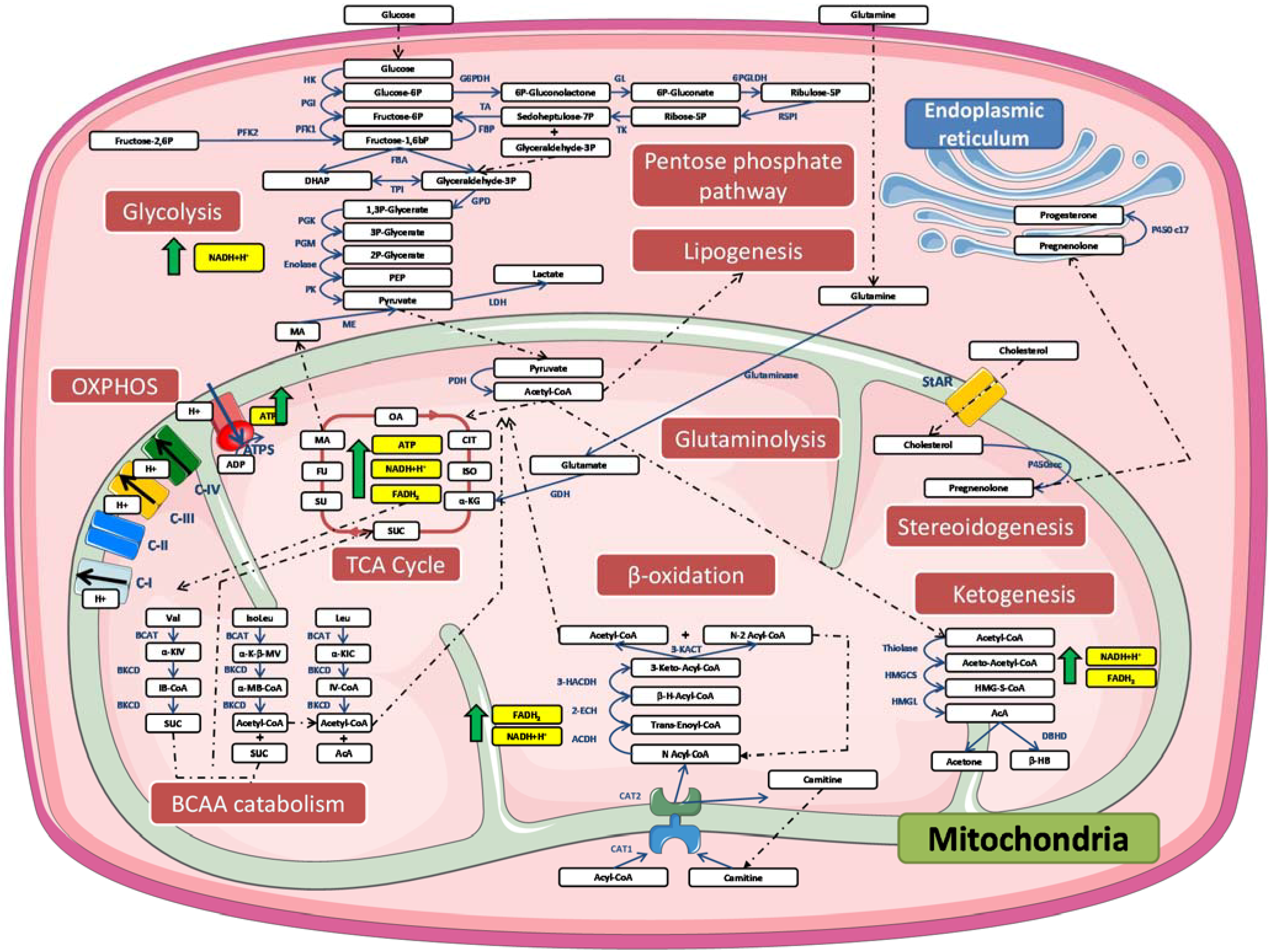All Biochemical Pathways Have The Same Number Of Enzymatic Reactions.
In a stunning revelation that threatens to overturn decades of established biochemical dogma, a controversial new study alleges that all biochemical pathways, regardless of their complexity or function, share a remarkably consistent number of enzymatic reactions. This claim, if proven true, would necessitate a fundamental re-evaluation of how we understand cellular metabolism and its evolution.
The core contention of the study, published in the obscure "Journal of Theoretical Biology Speculation," hinges on a novel mathematical model that purportedly reveals an underlying "universal constraint" governing pathway length. While the mainstream scientific community remains highly skeptical, dismissing the findings as statistically unsound and biologically implausible, the implications of such a discovery are potentially seismic. This article delves into the controversial study, examines the criticisms leveled against it, and explores the potential consequences should its central claim ultimately be validated.
The Study's Central Claim
The research, spearheaded by Dr. Anya Sharma, a relatively unknown computational biologist, posits that all biochemical pathways, from glycolysis to the Krebs cycle, are comprised of roughly the same number of enzymatic steps. This claim, she argues, is not a mere statistical anomaly but rather a consequence of an intrinsic, yet unknown, biological principle.
Dr. Sharma's model utilizes a complex network analysis algorithm that analyzes publicly available metabolic pathway databases. Her findings allegedly show a surprisingly narrow distribution of reaction counts across diverse pathways, leading her to conclude that there exists an optimal pathway length dictated by as-yet-undiscovered cellular constraints.
Criticisms from the Scientific Community
The initial response from the broader scientific community has been overwhelmingly negative. Many leading biochemists have voiced concerns about the study's methodology, statistical rigor, and biological plausibility.
Dr. Ben Carter, a renowned expert in metabolic regulation at Harvard University, stated in a press conference that Sharma's conclusions are "based on a flawed understanding of pathway complexity." He argued that “pathways are defined by function, not by arbitrary numerical constraints.”
Dr. Emily Chen, a professor of biochemistry at Stanford University, echoed Carter's concerns, adding that the study "disregards the known variations in pathway regulation and the existence of bypasses and alternative routes within metabolic networks." She further stated that the database analysis used by Sharma might be biased by incomplete or inaccurate data.
Statistical Concerns
A major point of contention revolves around the statistical methods employed by Dr. Sharma. Critics argue that her model fails to adequately account for the inherent variability in metabolic pathway databases.
Furthermore, concerns have been raised about the size and representativeness of the dataset used. Many biochemists believe that the analysis is based on a limited number of well-characterized pathways and doesn't accurately reflect the diversity and complexity of metabolic processes across different organisms and cellular contexts.
Biological Plausibility
Beyond statistical concerns, many scientists find the study's central claim to be biologically implausible. Biochemical pathways have evolved over billions of years to optimize specific cellular functions. The idea that they are all constrained to the same length seems to contradict the established principles of evolutionary biology.
“Why would a simple pathway like the conversion of glucose to pyruvate have the same number of steps as a complex pathway like steroid biosynthesis?” questioned Dr. David Lee, a biochemist at MIT. “It simply doesn’t make sense from a functional or evolutionary perspective.”
Potential Implications (If True)
Despite the widespread skepticism, the potential implications of Dr. Sharma's findings, should they prove to be accurate, are far-reaching. If all biochemical pathways are indeed constrained to a similar length, it could suggest a fundamental limitation on the complexity of cellular processes. This would change our understanding of cellular processes in a major way.
Such a constraint could have significant implications for synthetic biology. Furthermore, it could inform the design of novel metabolic pathways for industrial or therapeutic applications.
Moreover, it could necessitate a re-evaluation of our understanding of metabolic evolution. The emergence of new pathways would have been severely constrained by this universal constraint.
The Path Forward
Given the controversial nature of Dr. Sharma's claims, rigorous independent validation is crucial. The scientific community has called for her data and methods to be made publicly available, so that other researchers can scrutinize her findings.
In response to criticisms, Dr. Sharma maintains that her model captures a fundamental truth about the organization of metabolic networks. She is currently working to refine her analysis and address the concerns raised by her colleagues.
Whether Dr. Sharma's controversial hypothesis will stand the test of time remains to be seen. However, it has already sparked a crucial debate about the underlying principles governing the structure and evolution of biochemical pathways. More research is required to determine if this is a real finding, or a statistical illusion. It is a theory that has been both championed and heavily criticized. This will require more work.



![All Biochemical Pathways Have The Same Number Of Enzymatic Reactions. [DIAGRAM] Enzymes And Metabolic Pathways Diagram - MYDIAGRAM.ONLINE](https://www.researchgate.net/profile/Alex_Sessions/publication/26681333/figure/fig3/AS:654757148508161@1533117677283/Fig-S5-Schematic-summary-of-major-central-metabolic-pathways-highlighting-the-most.png)
